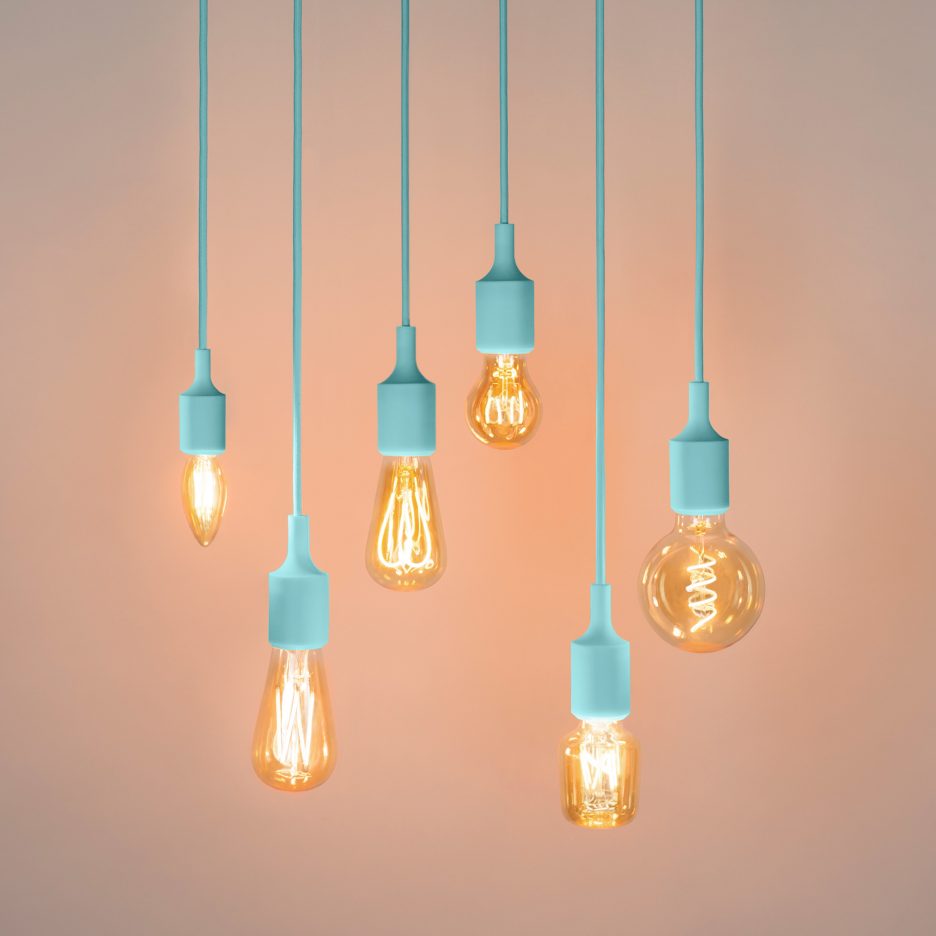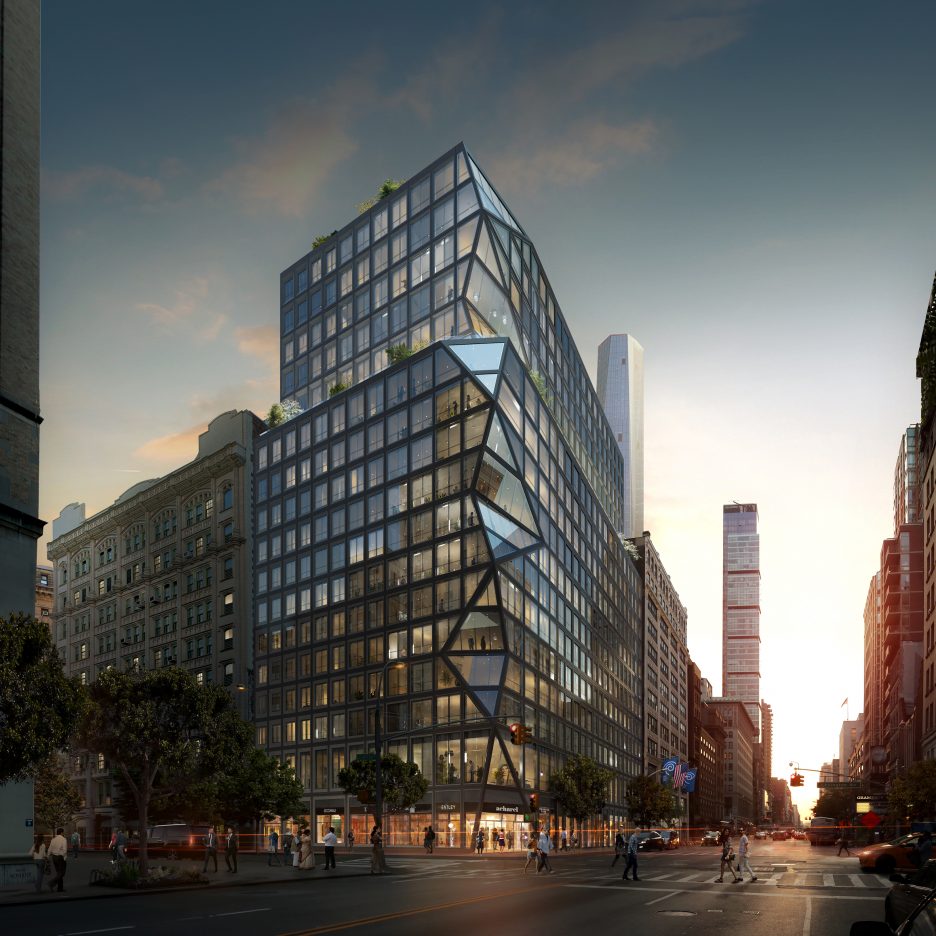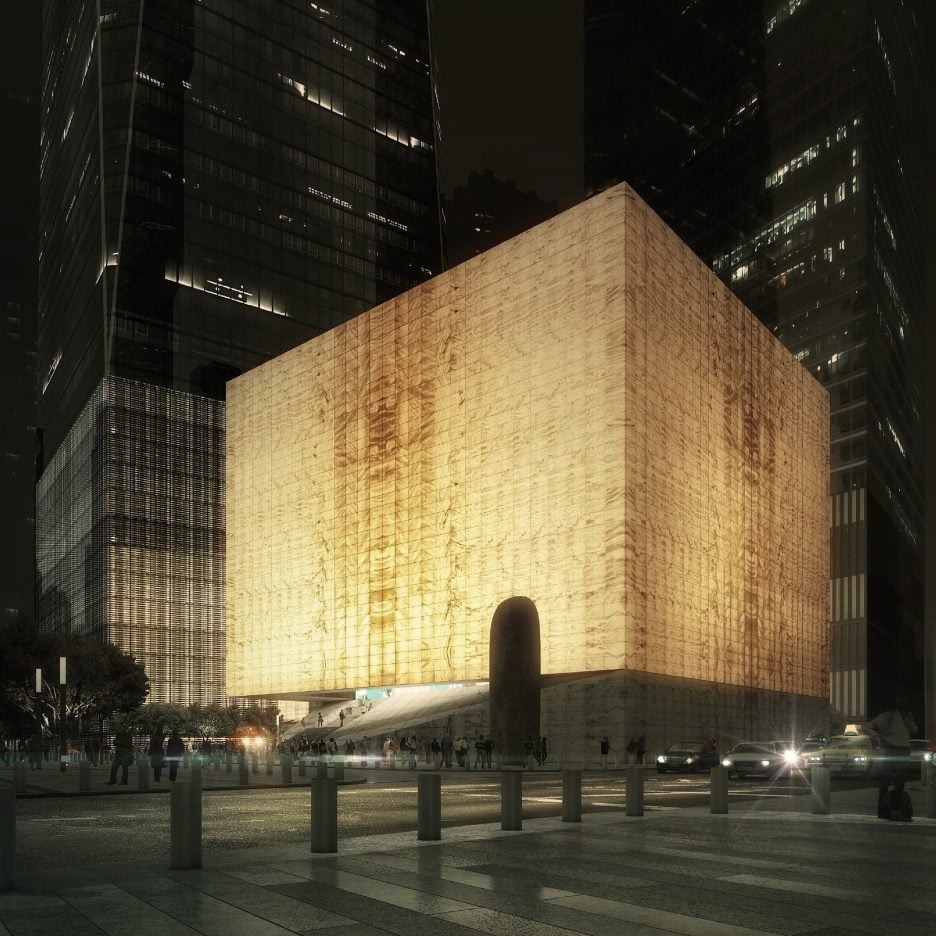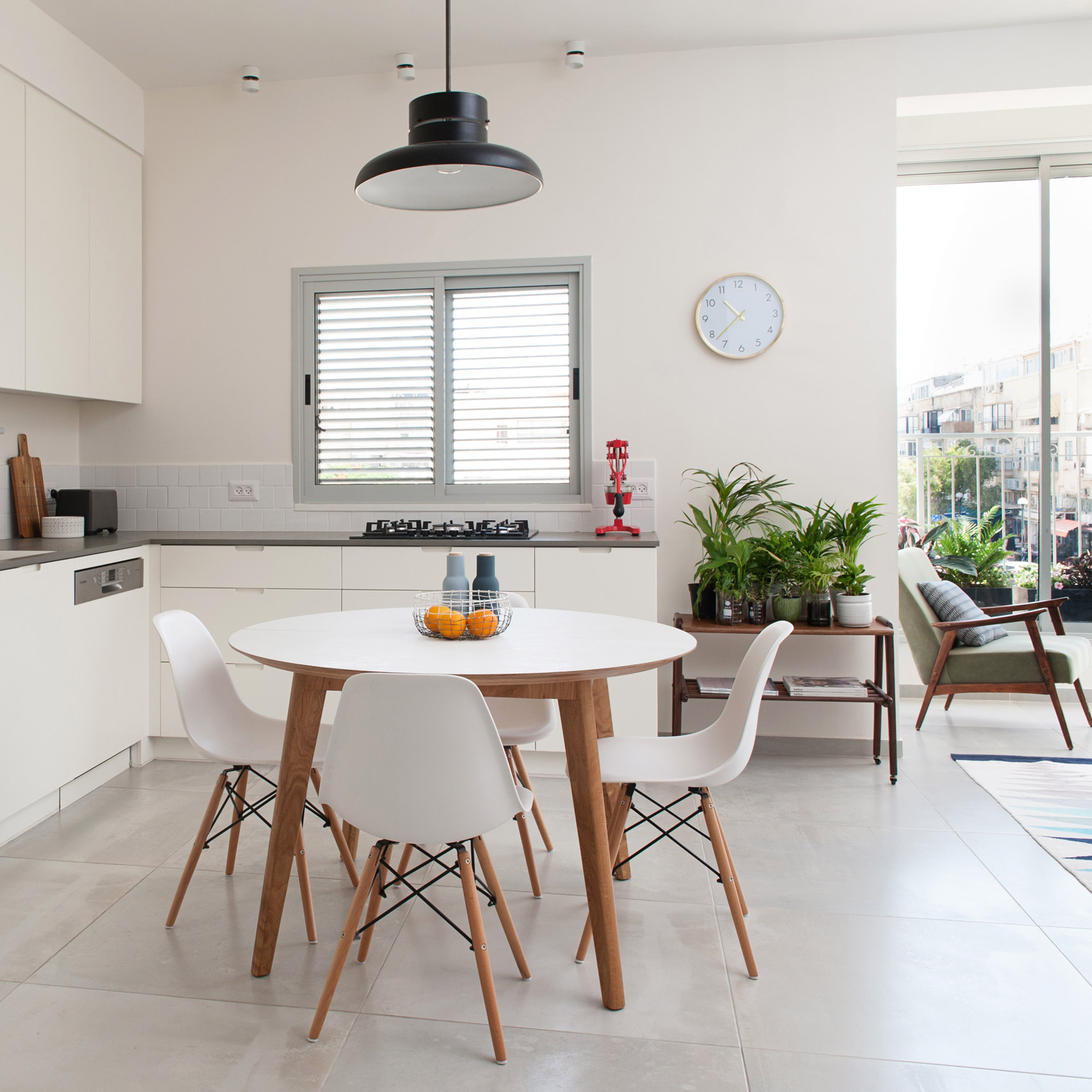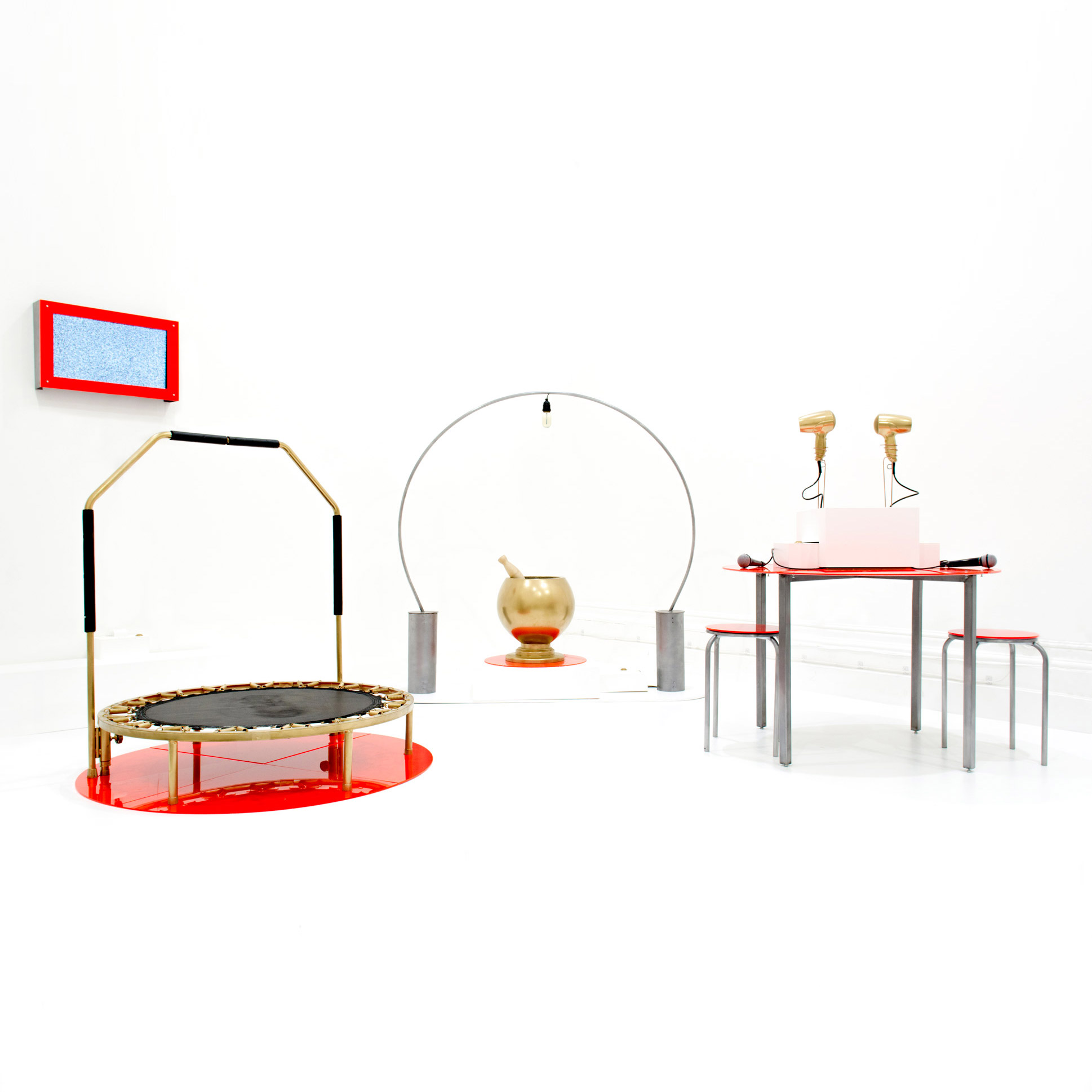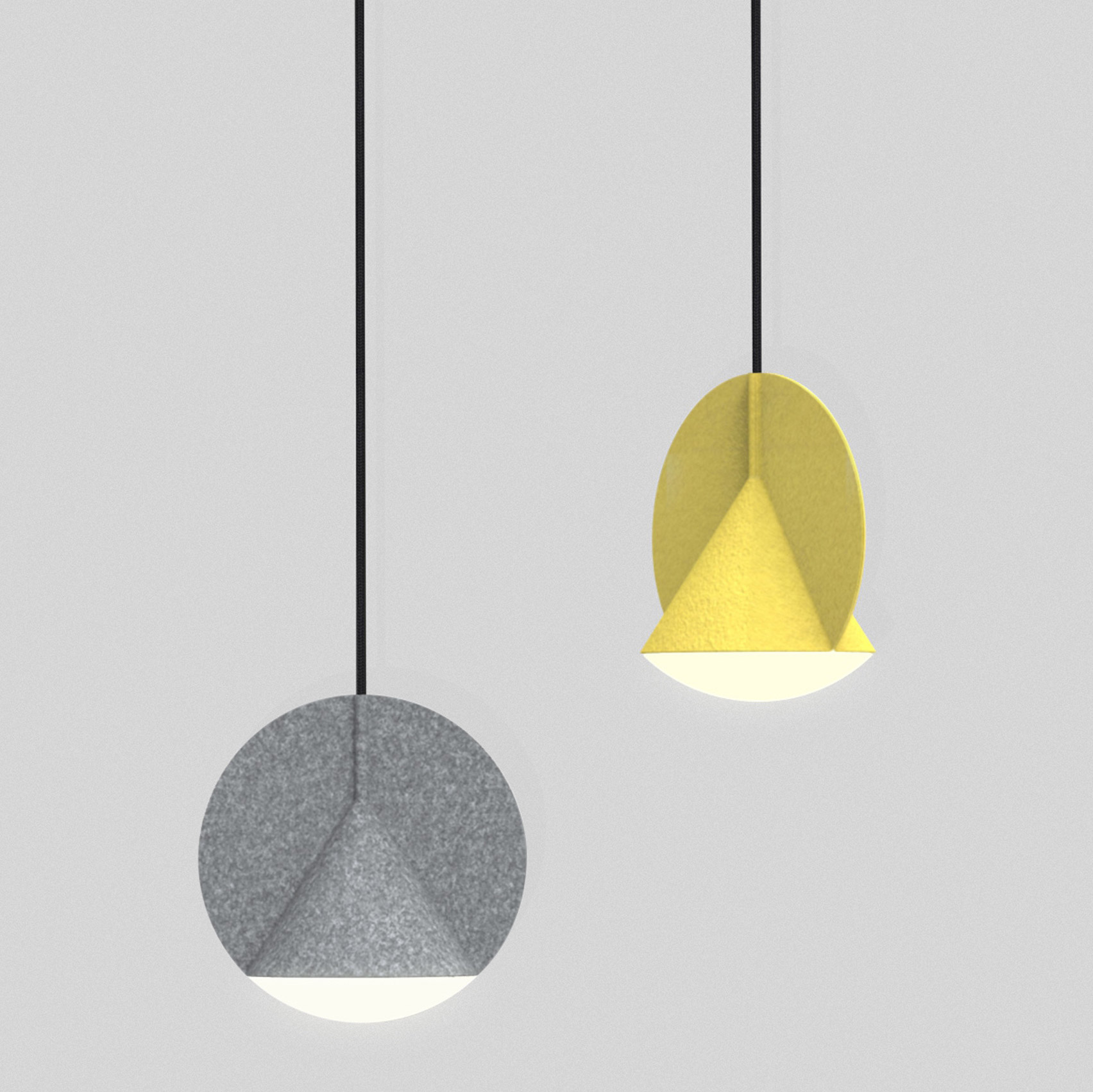New rules let a federal court approve government searches of devices outside the court's district. The Justice Department wanted the change to keep up with technology. Opponents consider it scary.
Thursday, December 1, 2016
Wednesday, November 30, 2016
Grant Tinker, TV Producer And Network Boss, Dies At 90
Tinker is best known for his work at MTM Enterprises which he founded with then-wife Mary Tyler Moore. As head of NBC, he led the network out of the cellar with hits such as The Cosby Show and Cheers.
Saturday, November 26, 2016
Federal Judge Blocks Labor Department Overtime Pay Order
The rule would have forced many businesses change how they pay employees. NPR's Scott Simon talks with Paul Pahoresky, a CPA in Cleveland.
Saturday, November 12, 2016
FormLinter
I absolutely love this idea from Thoughtbot. Just like automated tools that check your HTML for syntax, formatting, validity, or whatever else, FormLinter checks your HTML for best practices. Things like every input having a label, using correct input types, required fields, and more.
Doing all these things right is worth the effort: improvements like these improve accessibility and increase conversions. However, checking this sort of thing by hand is tedious and error-prone.
We were testing some forms in the ol' CSS-Tricks team chat and it was doing what it said on the box. On Geoff's personal site, it gave his contact form a "B" for not having matching labels for inputs and not having any fields required (seems like a fairly high grade?). The form was output from the mega-popular "Contact Form 7" for WordPress, also a bit surprising.
Many of the forms we tested bombed the app though. No word on that. Might be an HTTPS thing?
Direct Link to Article - Permalink
FormLinter is a post from CSS-Tricks
Sunday, November 6, 2016
How to Follow Election Night Online (If You Can Stomach It)

Thursday, November 3, 2016
Demystifying Public Speaking
A new book by Lara Hogan includes some of my favorite advice about public speaking:
As you stand on the stage, remember: your audience is anticipating you'll be successful at giving this talk. To them, everything has been well thought-out and prepared; they walk in assuming (rightly!) they're going to learn something new or be inspired...and you're the person who'll show them how.
More, they want you to be successful and are quite forgiving. In my experience, you only lose them once you disrespect them (e.g. "Sorry if I'm not very prepared, I wrote this on the flight over here." annnnnd you've lost me.)
Hey while you're over at the A Book Apart store buying this, I heard this one is good.
Direct Link to Article - Permalink
Demystifying Public Speaking is a post from CSS-Tricks
Friday, October 28, 2016
The Stock Market Plummeted After Friday's Clinton Email News. Here's Why
This follows a broader pattern throughout this campaign: when Trump's chances go up, stocks go down.
Wednesday, October 26, 2016
8 web design trends to watch for in 2017
 2017 is just around the corner, and the world is literally at its greatest technological peak in history. New innovations have opened the doors for creative minds to make their ideas a reality, especially on the webpage. Web design is a constantly morphing industry.
2017 is just around the corner, and the world is literally at its greatest technological peak in history. New innovations have opened the doors for creative minds to make their ideas a reality, especially on the webpage. Web design is a constantly morphing industry.
Exciting things are developing that could make 2017 a fantastic year for web designers. Keep an eye out for these eight web design trends in the new year:
Goodbye flat design, hello semi-flat imagery
Windows' Metro UI style catalyzed the trend toward flat design, with drop shadows, textures, and gradients that cleverly provided the illusion of 3D imagery on a minimal background. While flat design was and still is popular, it has its drawbacks.
Many people call flat design's usability into question. Users tend to like flat design, but they are often unable to navigate the page. Links aren't conspicuous, and users hover over items in the hope of finding where to click. The solution at the forefront of web design in 2017 appears to be semi-flat design.
Semi-flat imagery uses subtle shadows, transitions, and cards to integrate dimension without confusing users. Semi-flat design rectifies the usability issues that have plagued flat design, striking an appealing compromise. It uses handcrafted illustrations that are not completely flat; creative grid design becomes fluid as the designer implements new ideas to develop the webpage's framework.
This way of organizing graphic elements makes the site easier to navigate while still staying true to flat design. Using tiles for image placements is the popular semi-flat design trend moving into 2017.
Example: https://www.blocklevel.nl/
Creativity triumphs: custom-made illustrations
One trend that remains on top in 2016 and won't be fading anytime soon is custom-made illustrations on websites. Throughout history, custom-made has generally been preferred to mass-produced. It's no surprise the same is true for web design. Creating your own graphics for the background of your site, the icons, and the menu is a unique way to grab attention and set your brand apart from the crowd.
While a custom-illustrated interface costs more time and money, the final effect is stunning. Take the Lighthouse Brewing Company's website, for example. Its unique illustrations immediately pique users' interest and makes them more inclined to stay and explore the website. The visual appeal of custom-made graphics is uncontestable and will continue to make waves in the future.
Example: http://www.lighthousebrewing.com/
Show, don't tell
Brand storytelling has been important for a while, but as web design becomes more creative, so do the ways in which companies tell their stories. Now brands are not limited to simple text on their About Me pages. They can create videos, hybrid graphic novels, and interactive illustrations to capture their audiences' attention.
Consumers are hungry to know a company on a deeper level. Creative, immersive storytelling is the perfect way to send a strong message. Take advantage of new ways to show instead of tell with unique videos, illustrations, photography, and typography.
Example: http://mario.ign.com/
A World Wide Web of micro-mini interactions
Microinteractions were the buzzword of the year back in 2015, and today the cyber universe is replete with them. We encounter hundreds of microinteractions when we browse the web, many too small to notice. Microinteractions have one task, revolving around a single use case. Logging into a website or “liking” something on Facebook are two examples of microinteractions. Like a household appliance built for one main use – say, a toaster – designers build most apps today around a single microinteraction.
The next level of microinteractions is micro-mini interactions, or microinteractions that are increasingly more specific and granular. Individual actions are breaking down into even smaller segments with greater levels of interaction.
These microscopic interactions exist within one microinteraction. For example, a microinteraction is following someone on Instagram, but a mini-micro interaction is the act of tapping “Follow.” By 2017, many designers will be thinking in terms of micro-mini interactions.
Example: https://www.justyo.co/
Mobile-first web design
If you haven't transitioned to a mobile-first web design by the end of 2016, web design experts suggest you do so sooner rather than later. The rise of mobility has long-since been in full swing and is only projected to increase. With more and more consumers accessing websites via their smartphones instead of a desktop computer or laptop, it's incredibly important for brands to utilize a mobile-first approach.
A brand must deliver a seamless, effective experience on mobile devices to stay relevant in 2017 and beyond. Designing for mobile first instead of trying to squeeze the content from your full-size website onto a tiny screen gives you the advantage of fully optimizing for mobile. Instead of forcing things to work for mobile and hoping for the best, design specifically for mobile for optimal user experience.
Hapnotic feedback will be a sensation
Haptic feedback is a user's sense of touch on an interface. This includes the virtual keyboard on smartphones and other items the user touches to activate. As haptic technology advances and the costs of electro-active polymer actuators (EAPs) decreases, experts predict more sophisticated haptic feedback on high-end mobile devices.
Web designers will be able to use subtle haptic cues such as vibrations to direct users to an action, such as tapping “Purchase.” Designers can even create a pleasant-feeling webpage through pulses to encourage a user to stay on the page.
Hapnotic feedback is the conversion of haptic cues with subtle hypnosis. Hapnotic feedback is an emerging type of tactile interfacing that serves to subconsciously encourage users to do certain things. The science behind hapnotic feedback and mobile devices is still in its infancy, but expect to see more on this subject as we head into the new year.
Treating transition anxiety
Transition anxiety, or interstitial anxiety, is the second of tension the user experiences after making an action (tapping an icon) and the response (seeing the next page). Load times and latency creates this feeling of anxiety, which can translate into poor user experience and lost customers. The user feels powerless in this moment and confused as to what to do. Web designers have found a way to capitalize on interstitial anxiety and use it to their advantage instead of their demise.
Web designers can channel this state of high emotion into transition elements that allude to the next page the user will see. Thus, users can preview what to expect before the page loads. This eliminates the feeling of powerlessness and instead cultivates a feeling of pleasant anticipation. Transition animations that show what will happen if the user clicks a button creates a seamless experience for the user so, even during lag time, they are not left in the dark.
Example: http://codepen.io/waqasy/full/zrrmOw
Video overthrows the content throne
The statistics supporting video content as a content mainstay are overwhelming and indisputable. There is no longer any question of whether video content will fizzle out over time. Its power is only becoming more palpable as brands utilize video in new, exciting ways to capture user attention.
Live video, for example, has hit its stride and will continue to be a force to reckon with in the future. Consider creating a Vine or YouTube account for your brand if you haven't already, and post videos as religiously as you post to your company blog. Video content is not a fad you can expect to fade. it's the future, and smart brands are jumping on the bandwagon.
Example: http://www.dittodc.com/
As 2017 looms around the corner, web designers have several exciting new prospects and technologies at their disposal. Savvy web designers will keep consumers on their toes with intriguing new interface ideas and take budding concepts to the next level. The world of web design will never be the same.
Enjoy Making Sites for Clients Again with Pulse CMS – only $19! |
Source
Sunday, October 23, 2016
Tibetan school in China is clad is stone to match mountainous setting
Chinese studio Livil Architects has added a monolithic stone-clad canteen featuring cave-like interiors and an office building to a school in the town of Batang, Tibet. Read more
Thursday, October 20, 2016
Presenting the Best Memes of the Third Presidential Debate

Monday, October 17, 2016
Get to Know the Capybara, the World's Biggest, Chillest Rodent

Thursday, October 13, 2016
Pandora's New Logo Is, Like, Totally '80s-Era MTV

Tuesday, October 11, 2016
Supreme Court Hears Case On Racial Bias In Jury Deliberations
The justices ruled in 2014 that extreme juror bias could impede a fair trial and, if such a case arose, they would decide then if an exception was warranted. Now, that case has come.
Friday, October 7, 2016
Plumen's WattNott LED lightbulb has a lifespan of 25 years
Lighting brand Plumen has designed a set of LED Edison light bulbs that it claims have a lifespan of a quarter of a century (+ slideshow). (more…)
Sunday, October 2, 2016
Hanging On: The Struggles Of The Financially Invisible
What do you do if you don't have a credit score, bank account, or credit card? José Quiñonez tells NPR's Rachel Martin about his organization that helps people become "financially visible."
Friday, September 30, 2016
Joshua Bell & Jeremy Denk: Tiny Desk Concert
Two A-list classical artists work up a sweat as they revel in the tender and turbulent music of Brahms and Schumann.
Tuesday, September 20, 2016
Planet Money Watches Crude Oil Transform Into Gasoline At Refinery
After buying 100 barrels of crude oil and delivering it to a pipeline, NPR's Planet Money team goes to a refinery to see it turned into gasoline.
OMA reveals its first residential tower for New York
Monday, September 19, 2016
Web Animation Workshops
I'm thrilled to announce a brand new workshop series I'm starting with Val Head about web animation! We'll be taking two-day workshop around to different cities starting this November, starting with Austin and New York. Whether you're a beginner or you've been diving into animation already, this course won't just get you started- you'll leave with all the tools necessary to make subtle and beautiful web animations, and how to pick the right tools for the job.
Val and I both have been speaking and giving workshops around the world, and together we make a venn diagram of strength and knowledge about how to animate on the web. We'll be covering everything from theory, to technique, to bug fixes and cross-browser stability. We both focus on accessibility and performance. You'll learn how to make great animation decisions both from a design and technology perspective. We'll cover working with SVG, CSS, and JavaScript technologies, both native and API. We'll discuss complex animations, responsive animations, and UX animations, and go over when to use each. You won't find this much web animation knowledge packed into one workshop anywhere else!
To make sure you get as much out of these workshops as possible we're keeping the the class sizes small. Each workshop is limited to 40 participants and will include hands-on exercises to get you started.
Direct Link to Article - Permalink
Web Animation Workshops is a post from CSS-Tricks
Wednesday, September 14, 2016
Farmers Lament Bayer's Acquisition Of Monsanto For $66 Billion
The world's largest seed company, Monsanto, is being bought by Germany-based chemical company, Bayer. Farmers at a farm show in Canada are wondering if this will reduce competition.
Thursday, September 8, 2016
Rex releases images of performing arts centre for New York's World Trade Center
A translucent marble cube by Rex Architecture that will contain the Perelman Performing Arts Center has been unveiled as the "keystone" for the World Trade Center site in Lower Manhattan (+ slideshow). (more…)
Thursday, September 1, 2016
Prototyping for the web with Framer
 Framer is a really powerful tool that can prototype anything you can think of but if you take a look at Framer's Gallery you'll quickly notice something:
Framer is a really powerful tool that can prototype anything you can think of but if you take a look at Framer's Gallery you'll quickly notice something:

Out of their 54 examples, 48 of them are apps, 4 for Apple Watch, 1 for iPad and 1 for Apple TV. Is Framer even meant for 'traditional' web/desktop design?
Absolutely.
At IBM Design most of my designs are made for enterprise desktop web applications. Most designers I work with use Sketch (including myself). These Sketch files are then prototyped using a tool like InVision or recreated and prototyped in code. As a front end developer on a design team I have a unique position where I both design and code prototypes.
After learning the basics of Framer, I decided to add it to my workflow and it's really improved my design process. The single most powerful part is being able to import a static Sketch file into Framer and turn it into a realistic, interactive prototype in a relatively short amount of time.
With this, I don't have to spend valuable time in the beginning of the process recreating designs in code. I can get ideas in front of stakeholders & users much faster. I can save coding for later on when the project is more solidified.

After using Framer for a few months here's some things I've learned:

Plan and scope your prototypes
Before I start a project, I decide a few things:
What am I trying to accomplish?
Whether the prototype is for user testing or getting an idea conceptualized, what's the minimum amount of work needed to get my idea across or to gain insight from testing? I'm not just being lazy ;) , this helps decide the necessary interactions, animations and screens that are needed.
The more time you spend on your design the more you become attached. The more attached, the less likely you are to make the necessary changes.
Let's use the prototype above as an example.
I was working on a new project and I wanted to explore what a card based layout with 'shuffling' animations in between states would look like. I sketched out the basic idea I wanted to make and used that as my starting point.

If you take a look at the finished prototype, only the first card is clickable in each step. There is no way to go back, no hover states, the content in the last screen isn't complete, and it's not nearly pixel perfect. None of those were necessary to get my idea across so I didn't spend time including them. Framer can do just about anything, but that doesn't mean you should try to do everything in your prototype.
Create UI flows using Andreas' awesome ViewController module
You can use the ViewController Sketch plugin to create UI flows right in Sketch. Quickly turn your designs into clickable prototypes without having to write code.


This is great for presenting your work to stakeholders and is really quite simple to do. Instead of walking through a Sketch file with a dozen artboards or a .pdf, you can present an interactive prototype or share your hosted Framer project URL.
Depending on what I'm trying to accomplish I may end up writing some code for things like hover effects, animations and text inputs for an added touch of realism and interactivity. Again, as a designer, decide what's necessary to get your idea across and implement appropriately.
Check out Andreas' Create UI flows using Sketch and Framer article to learn more about the plugin.
Microinteractions

I think there's a few reasons that mobile prototyping is really popular with Framer, one of them being microinteractions seem to much more commonplace on mobile. But it doesn't have to be that way! I think as designers for the web can be better at making our work have more motion and Framer is really good at this.
This is just a simple example of a quick interaction I made using a Sketch file a designer on my team had already made. Exploring interactions like this takes a matter of minutes.
Sure, but why not just code?
As a front end developer, a lot of my projects will eventually end up with a coded prototype. I then use this prototype as a basis to write the front end code into the product, working along side engineering. So why not just code from the start?
As I mentioned earlier, speed. I can quickly flesh out ideas that either I or another designer have already made by importing them from Sketch into Framer. It's great for the early part of the design process where you're exploring ideas and implementing feedback quickly. I can move pretty fast in code, but Framer takes it to the next level.
Another reason is freedom. The simple fact that all of my code written in Framer will be thrown away is actually kind of great. It allows me to try things I wouldn't otherwise and to be a bit more loose with my code. I can spend 15 minutes exploring an idea and then trash it without any remorse.
Some tips & tricks
You (or the designer you're working with) will probably have to set up Sketch files a bit differently.
- Group your layers. Layers that are not in a group are ignored
- Avoid using spaces in your group names
- Hidden layers in Sketch are still imported, but their visibility will be set to false.
- Create simple, unique names for your artboards
- A minus (-) at the end of your artboard will exclude it from being imported into Framer
Flatten any layers in Sketch that will remain static. This will improve the loading time of your project, which is especially great when creating a heftier prototype. You can do this by adding an asterisk(*) to the end of the layer in Sketch.

It's worth spending some time with the designers on your team to go over how to setup Sketch files to best fit the workflow and what works best for the team.
When you import a Sketch file into Framer, you'll see something like this:
# Import file "design" sketch = Framer.Importer.load("imported/design@1x")Replace sketch with $, and you can now use $ to reference your Sketch layers, saving yourself from writing the word sketch hundreds of times:
$ = Framer.Importer.load("imported/design@1x")Use the 'Normal Cursor' snippet for a normal mouse pointer:
document.body.style.cursor = "auto"
I import my designs at @2x and then scale them down, so they're extra crisp. Note that this doesn't seem to get along with the ViewController module mentioned above.
Framer.Device.contentScale = .5
Sketch and Framer use different default artboards/devices for the web. Sketch uses 1440×1024 while Framer uses 1440×900. I opt for 1440×900. Don't think you're restricted to 900 pixels for height though, you can easily create scrollable pages in Framer.
[– This article was originally posted on Medium, republished with the author's permission –]
LAST DAY: Convert Static Images to 2.5D Parallax Videos for Instagram – $7! |
Source
Dalit Lilienthal renovates small Tel Aviv apartment to fit a growing family
Wednesday, August 31, 2016
Sunday, August 28, 2016
Maine Woods National Monument
The National Park System turned 100 years old this week, and it got a very big present to mark the the occasion. We'll visit the new Katahdin Woods and Waters National Monument in Northern Maine.
Friday, August 26, 2016
Inefficiency Machines by Meret Vollenweider and Wasabii Ng highlight energy use in the home
Graduate shows 2016: in this movie, Royal College of Art graduate Meret Vollenweider explains how her interactive installation of human-powered appliances aims to stop people taking electricity for granted. (more…)
Friday, August 19, 2016
'Mother Jones' Reporter Reveals Details Of Life Inside A Private Prison
NPR's Ari Shapiro talks to Mother Jones reporter Shane Bauer about what life is like in private prisons. For an undercover piece, he worked as a prison guard in a private prison for four months. On Thursday, the Justice Department said the federal government will not renew its contracts with private prison operators.
Wednesday, August 17, 2016
Outofstock designs geometric felt Stamp pendant for Bolia
Design collective Outofstock has created a heat-compressed felt lamp that merges two basic geometric shapes (+ slideshow). (more…)







